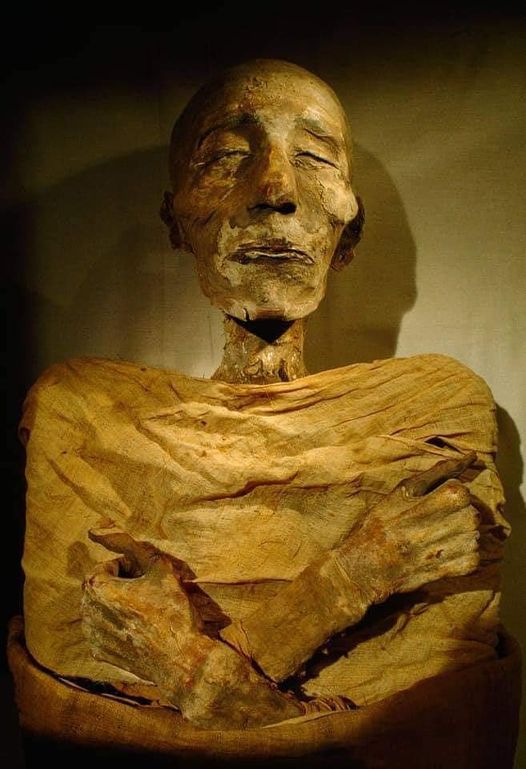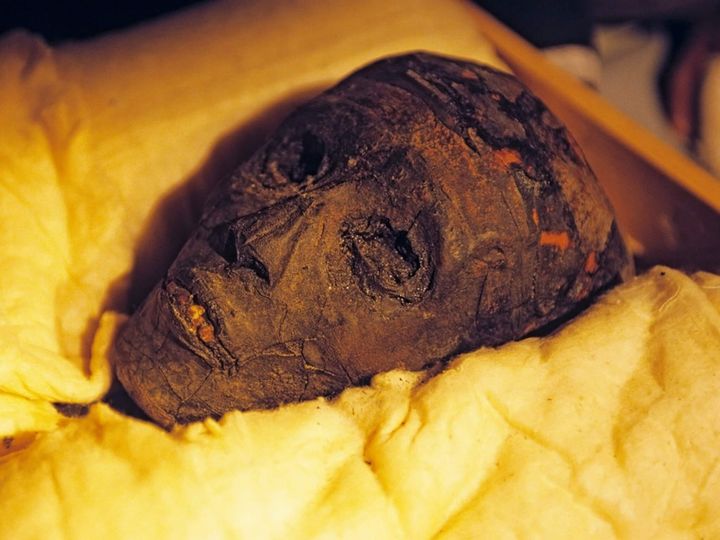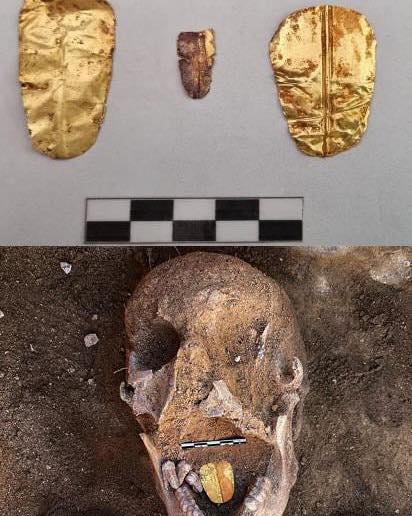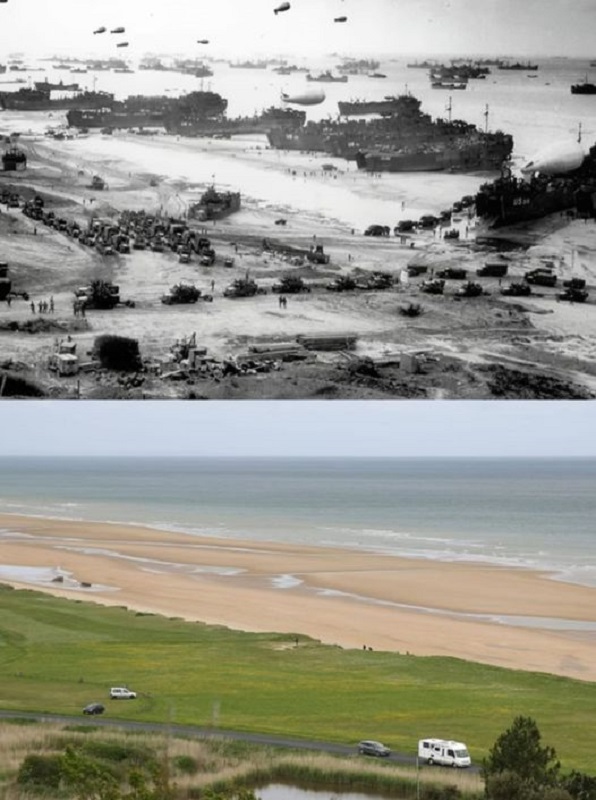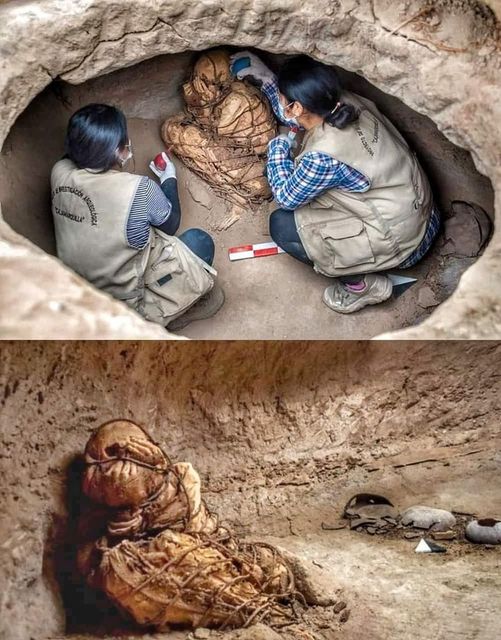The “Boxer at Rest” is a mesmerizing masterpiece of Hellenistic Greek sculpture that captures the essence of human strength, resilience, and vulnerability. Crafted during the 4th to 1st century BC, this remarkable artwork depicts a seated nude boxer in a moment of repose, his muscular body bearing the scars of countless battles, while his weary expression reflects the toll of his physical exertions. Now housed in the Palazzo Massimo alle Terme in Rome, the “Boxer at Rest” continues to captivate viewers with its raw emotional intensity and exquisite craftsmanship.

1. A Glimpse into Ancient Athletics The “Boxer at Rest” offers a rare glimpse into the world of ancient Greek athletics, where combat sports like boxing were celebrated as tests of strength, skill, and endurance. Unlike idealized depictions of heroic warriors or gods, this sculpture portrays the boxer in a moment of vulnerability, his bruised and battered body a testament to the rigors of his training and the brutality of his sport. The artist’s attention to detail, from the boxer’s swollen ears and broken nose to the exhaustion etched into his face, brings a sense of realism and humanity to the sculpture, inviting viewers to empathize with the athlete’s struggle.

2. The Artistry of Hellenistic Sculpture As a prime example of Hellenistic sculpture, the “Boxer at Rest” showcases the artistic innovation and technical mastery of the period. The sculptor skillfully manipulates the medium of bronze to capture the nuances of human anatomy and emotion, from the tension in the boxer’s muscles to the weariness in his gaze. The use of the caestus, a type of leather hand-wrap worn by ancient boxers, adds a layer of authenticity and historical context to the sculpture, inviting viewers to imagine the sights and sounds of the ancient gymnasium where such athletes trained and competed.
3. The Symbolism of Struggle and Resilience Beyond its aesthetic appeal, the “Boxer at Rest” serves as a powerful symbol of the human capacity for endurance, perseverance, and resilience in the face of adversity. Despite the physical toll of his profession, the boxer remains dignified and composed, his spirit unbroken by the challenges he has faced. In a world where victory and defeat often hang in the balance, the sculpture reminds us of the importance of courage, discipline, and determination in overcoming life’s obstacles and achieving our goals.
4. The Archaeological Legacy of Ancient Sculpture The discovery and preservation of sculptures like the “Boxer at Rest” offer invaluable insights into the art, culture, and society of the ancient world. Through archaeological excavation and analysis, researchers can unravel the mysteries of the past, uncovering hidden stories and shedding light on the lives of ordinary people as well as the elite. As custodians of our shared cultural heritage, archaeologists play a vital role in preserving and interpreting these artifacts for future generations, ensuring that the legacy of the “Boxer at Rest” and other masterpieces of ancient sculpture continues to inspire and enrich our lives.
In conclusion, the “Boxer at Rest” stands as a timeless testament to the enduring power of art to transcend time and space, touching hearts and minds across centuries and continents. As we marvel at its beauty and contemplate its meaning, we are reminded of the universal themes of struggle, triumph, and resilience that unite us as human beings. Through the lens of archaeology, we gain a deeper appreciation for the rich tapestry of human history and the remarkable achievements of our ancestors, whose legacy lives on in masterpieces like the “Boxer at Rest.”






